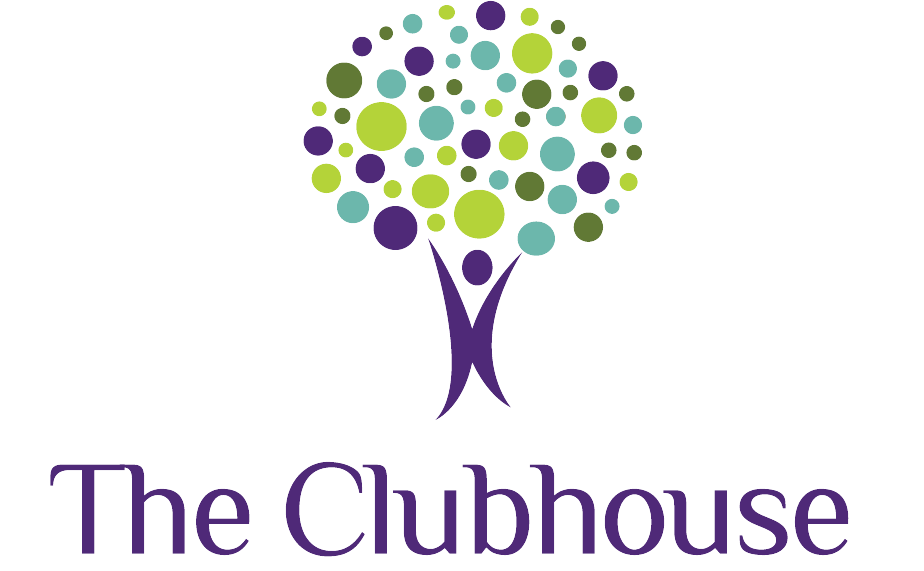Make the most of your family game nights by incorporating speech and language activities into your favorite board games! Games are an engaging and fun way for kids to practice social communication skills, following directions, and taking turns. Many games also provide great opportunities to work on building expressive and receptive language skills. Here is a list of games and language-building ideas to include in your family game night!
Apples to Apples Junior (ages 9+)
This fun family game is a great way to work on description, word relationships, comparing/contrasting, and vocabulary. This game encourages children to think about relationships between words and provide explanations for their creative thinking. This game can also be modified to practice opposites (have your child come up with an antonym of the card they choose) and categorization (sort the noun cards into categories determined by the description cards).
Guess Who? (ages 6+)
A detective-style game that requires your child to formulate yes/no questions in order to identify a mystery person. Encourage your child to ask descriptive questions. For an extra challenge, you can make a rule that your child has to use two descriptive words to describe someone’s features, such as, “Does your person have red glasses?” or “Do they have curly hair?”
Blurt! (ages 10+)
This is a fast-paced game great for word retrieval, vocabulary, and listening comprehension. Players must listen to the definition of a word and then try to be the first to blurt out the correct word. To modify the game for younger players, each player can have an individual round where they are the only one allowed to answer. This game allows your child to practice listening comprehension in addition to expressive word retrieval.
Bananagrams (ages 7+)
This is an educational and fun-filled anagram game that improves vocabulary skills and generative expressive language skills. Players must use their imagination and knowledge of letters and corresponding sounds to formulate words with letter tiles. This game is great for children who are kinesthetic learners, as they have to manipulate the letter tiles to form words.
Catchphrase (ages 8+)
This is a fast-paced game that requires description, word retrieval, and listening comprehension. Players must describe a secret word (without saying it) so that other players guess it. What’s great about this game is that you can make it yourself by writing words on separate pieces of paper and putting them in a bowl. Creating your own words is a great way to customize the game to fit your child’s age and vocabulary level.
Rory’s Story Cubes (ages 6+)
This game is great to target narrative, grammar, and imaginative language skills. Players roll cubes and use their imagination to tell a story out loud based on the pictures they rolled. Encourage your child to make the story as detailed and descriptive as possible. As an added challenge, you can have your child retell the story after you share your story to practice narrative skills, stigmatization, and story organization.
Headbanz (ages 6+)
This engaging game targets word description, language comprehension, and question formulation. Your child will formulate yes/no questions to guess the identity of the card they’ve been dealt (e.g., “Is this a fruit?”). This game can also be modified so that other players must describe the secret card to the player wearing it on their head (e.g., “It is yellow, and you can eat it.”) Encourage your child to be as descriptive as possible to practice expressive language skills!
Cranium Junior (ages 7+)
This interactive game encourages use of nonverbal language skills, creativity, reading, and spelling. This game is great for a variety of learning styles, including: visual, auditory, and tactile communicators. Players are given a question card, and they must act out, hum, draw, or sculpt to describe it for other players to guess. This game can be modified to allow your child to choose which style they would like to communicate through – let your child choose what works best for them!
Sequence for Kids (ages 3-6)
This board game targets sequencing skills, which are important for telling stories and following directions. It is a simple strategy game, which also targets animal vocabulary and categorization skills while playing. Players must look at the cards they’ve been dealt and try to find four in a row on the board that match their cards. You can incorporate expressive language skills by encouraging your child to describe each animal before laying down a card.
Most importantly, have fun with your child! Family game nights provide enriching opportunities to work on social interactions, turn taking, and following directions. Incorporating speech and language targets into your child’s favorite games will keep them engaged and excited to participate – without evening realizing they are practicing speech and language goals! Chat with your speech language pathologist to discuss games that best match the skills and goals of your child.
By: Shelby Gunderson, M.S., CCC-SLP

